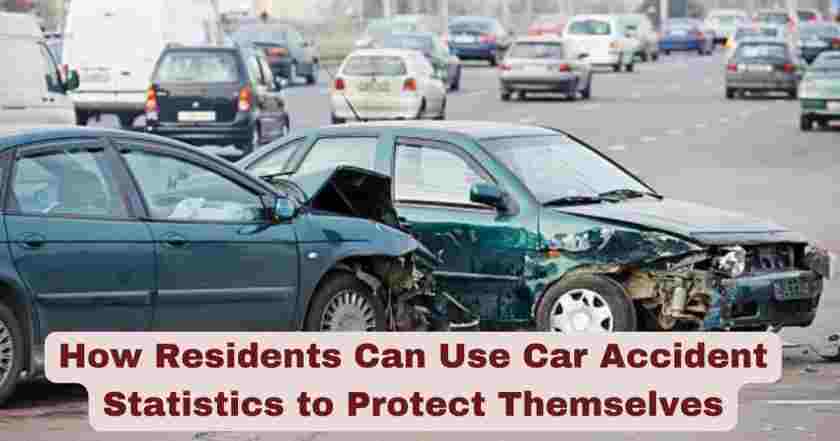Residents can protect themselves better on the road by learning from car accident statistics. These numbers help show where accidents happen most and how to avoid risky situations. When people know the facts, they can make safer choices every day.
One important thing these statistics reveal is the common causes of crashes. Speeding, distracted driving, and drunk driving are often behind many accidents. Knowing this helps residents stay alert and follow safe driving habits to protect themselves and others.
Understanding Car Accident Statistics
Car accident statistics are numbers collected by the government and safety organizations. They reveal facts such as how many crashes occur each year, how many cause injuries or deaths, and which roads or types of driving are most risky. For example, certain places like busy highways or intersections may have a higher number of crashes.
These statistics also show common causes of accidents, such as:
- Speeding
- Drunk driving
- Distracted driving
- Not wearing seat belts.
Statistics from 2025 indicate that speeding and drunk driving still cause around 60% of traffic deaths in some countries. Wearing seat belts saves many lives, as over 90% of people who use them survive crashes. Knowing these facts helps residents focus on the biggest dangers and avoid them.
How Residents Can Use These Statistics to Stay Safe
When residents understand the risks shown by car accident data, they can take steps to protect themselves and others.
Drive Carefully in High-Risk Areas
Statistics show that accidents happen more often in certain places, such as busy roads and highways. By being extra careful in these areas, drivers can lower their odds of crashing.
Avoid Dangerous Behaviors
Data points to common causes like speeding and drunk driving. Residents should always obey speed limits and never drive after drinking alcohol.
Practice Defensive Driving
Being alert and ready for sudden changes helps prevent crashes. Using statistics about when and where accidents often occur can help drivers stay more watchful at those times, such as during rush hour or bad weather.
Use Safety Equipment
Seat belts and child restraints greatly reduce the chance of serious injury or death. Knowing the protective effect of these devices should encourage everyone to use them properly every time.
Speak Up About Distracted Driving
Statistics show cell phone use causes many crashes because it slows reaction times. Residents can reduce risks by avoiding phone use while driving and promoting awareness about the dangers.
What Residents Can Do Beyond Driving
Besides driving safely, residents can help protect themselves and their families by supporting road safety in their communities.
Support Safer Roads and Policies
Statistics that show accident hot spots or common causes can motivate residents to request better road designs, clearer signs, or safer speed limits from local officials.
Educate Others
Tell your friends and family about what crash data shows! Share the facts with teen drivers to help them stay safe on the road and become more careful and responsible drivers.
Use Community Programs
Safe driving classes use real accident statistics to teach teens how to avoid crashes. By learning from others’ mistakes, you can develop good habits and stay safe on the road. These classes can help you become a more careful and responsible driver!
Final Takeaways
- Car accident statistics are more than just numbers. They are tools that help residents understand risks on the road and act wisely to avoid accidents.
- By learning where and why crashes happen, driving safely, using seat belts, avoiding distractions, and supporting safer roads, residents can protect themselves and their communities.
- Understanding and using car accident statistics is a smart way to stay safe every time people get behind the wheel or cross the street.
- Staying informed helps keep everyone on the road healthier and safer.







